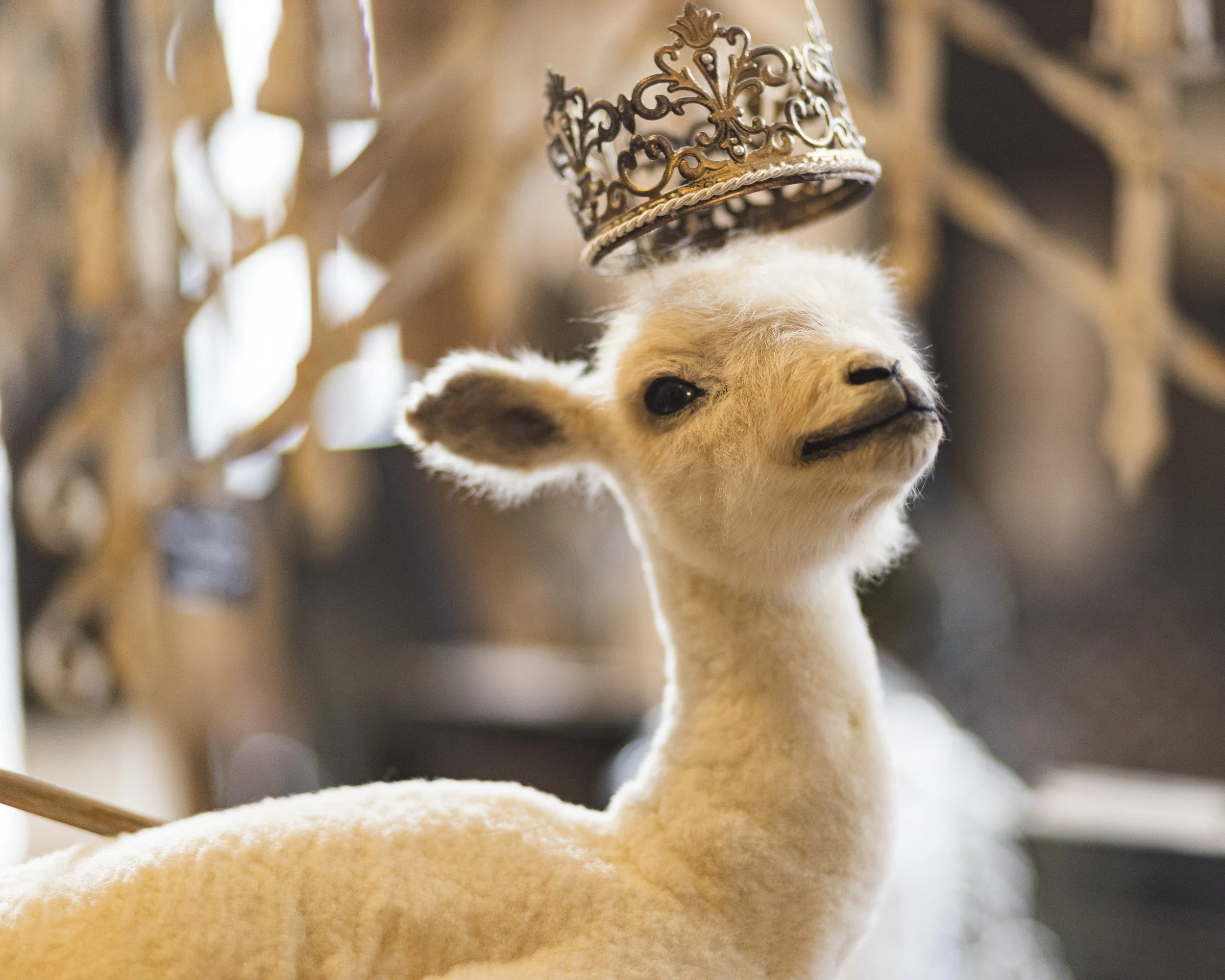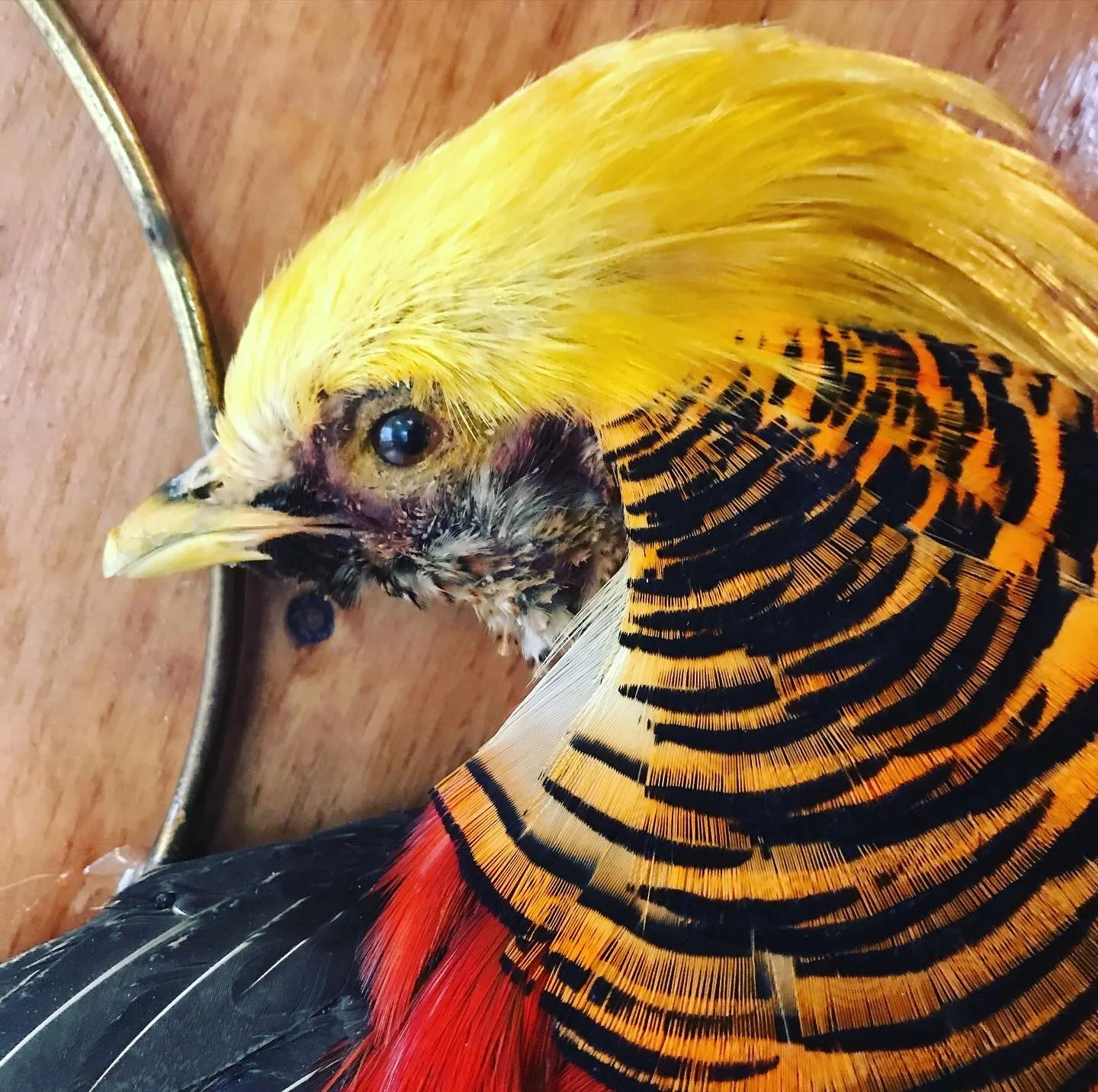FAQ
-
Please visit my pricing page to see baseline costs for various animals and services. Final price can vary based on the specimen’s condition, size, pose etc.
Please don’t hesitate to reach out for a quote or discuss how to realize your vision within your taxidermy budget.
-
Contrary to popular belief, taxidermy is not the act of ‘stuffing skins’ but the art of sculpting models suitable for ‘skin upholstery’.
In a typical scenario, the skin is carefully separated from the specimen, cleaned of all tissue, and preserved through tanning. A replica of the musculoskeletal anatomy is sculpted in polyurethane foam, clay, and wood. The skin is adhered, sewn closed, and modeled to conform to anatomical details.
-
I do offer pet taxidermy, and am always honored to perform it. Examples and information can be found in the section on memorial work. Please note that my rates for memorial work are higher than for commercial work.
-
The better the specimen, the better the taxidermy mount! Ideally, animals should be well-furred or -feathered and frozen within a few hours of death. That said, minor damage from bacteria, injury, pin feathers etc. is common and can be hidden through creative posing and repairs. More extensive damage can usually be managed for an additional charge.
Once the natural process of decomposition has set in, a specimen quickly becomes unsuitable for taxidermy. There are a few ways to determine if this is the case.
Gently tugging on the fur or feathers should not cause clumps to slide away from the skin. Eyes and fleshy areas such as lips and wattles should be full, not sunken. Animals do have a natural scent (which can be funky), but foul odors are a sign that decomposition has advanced too far.
-
Specimens for taxidermy should be double-bagged and frozen solid.
-
No. I work with animals that have died of natural causes, such as roadkill or stillbirth. I also use parts of animals that would otherwise be discarded, such as the skins of rabbits raised locally for meat.
-
Taxidermy should be kept away from direct sunlight, moisture, pets, kids, and heat. In humid climates like the Gulf Coast, taxidermy should be displayed in an air conditioned space.
Monitor for signs of insect damage (e.g. dust piles, holes). Just as bugs can eat non-perishable items like books, they can also attack taxidermy no matter how well-prepared.
Taxidermy can be cleaned by dusting with a microfiber cloth or blasting with cool air from a hair dryer or shop vac.
Wet Specimens should be kept away from sunlight and heat. The suspension liquid is 70% isopropyl alcohol, making these objects highly flammable.. Do not store near stoves, candles, or heaters.
Evaporation over time is very normal, and your container should be unsealed to facilitate “topping off.” Simply replace the lost volume with more 70% isopropyl alcohol and close the lid tightly. Specimens without alcohol will usually become mummified over the course of several years.
Mummified Specimens are preserved through complete drying, and must be kept away from all moisture at all times. I employ insect-repelling agents like camphor and borax during processing, but mummified specimens do contain dried animal tissue, which can attract bugs. Monitor for signs of insect damage such as dust mounds and holes.
-
My taxidermy lives exclusively at Dark Matter Oddities and Artisan Collective at 822 Chartres St in the heart of New Orleans’ French Quarter, and online at etsy.com/shop/DarkMatterOddities.

